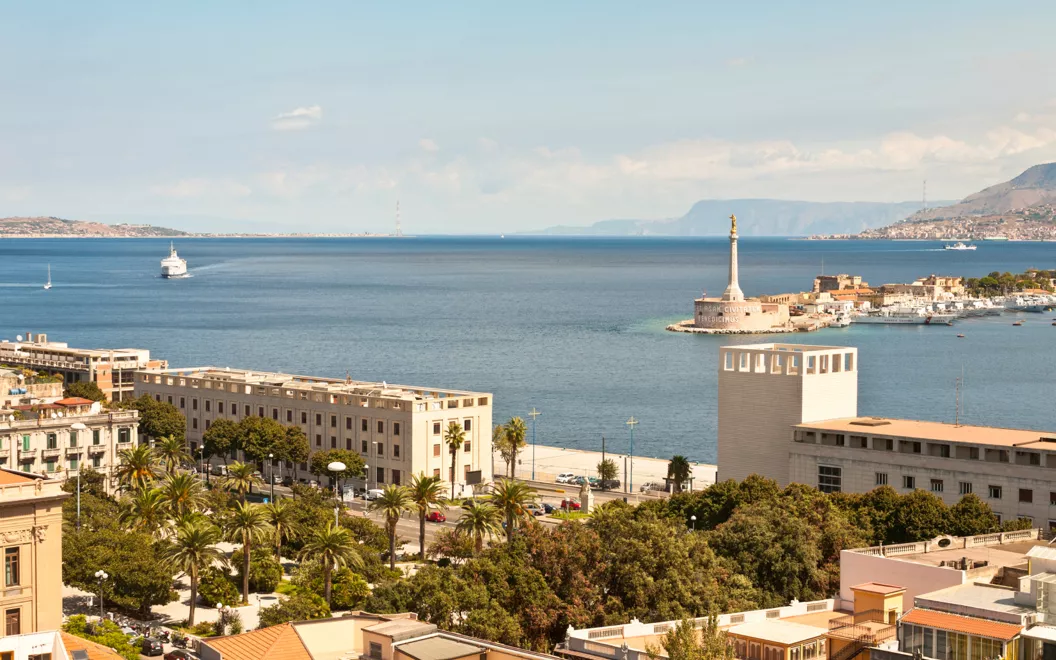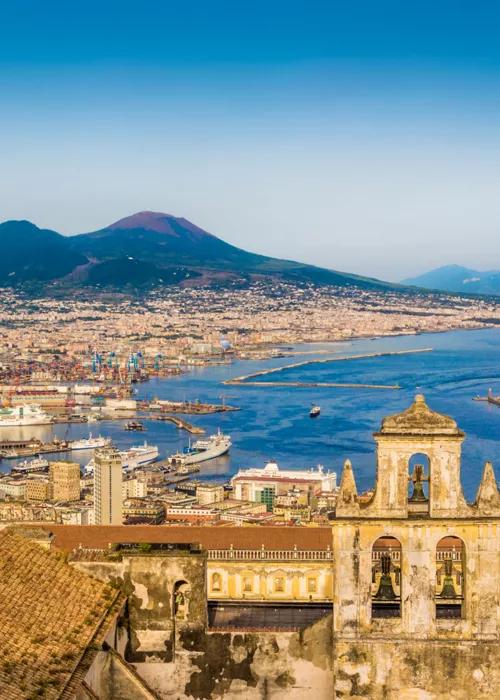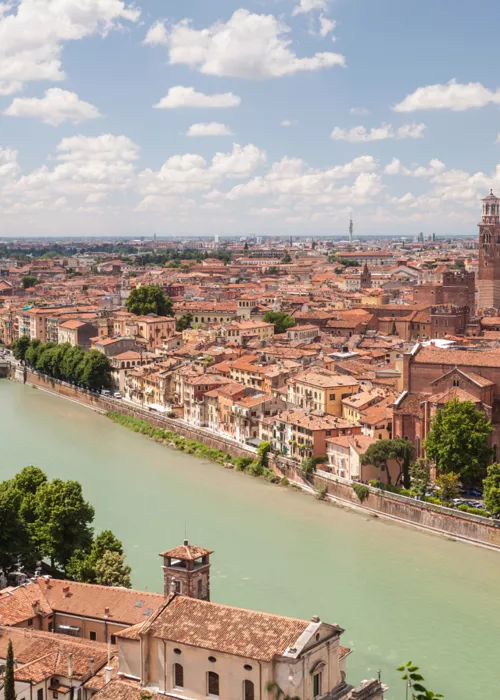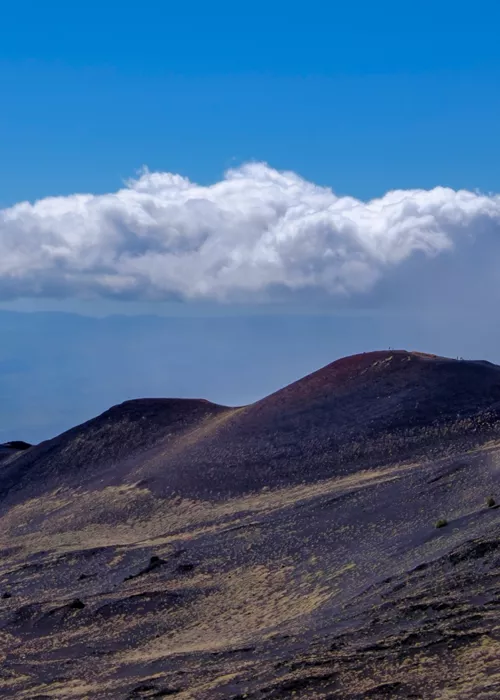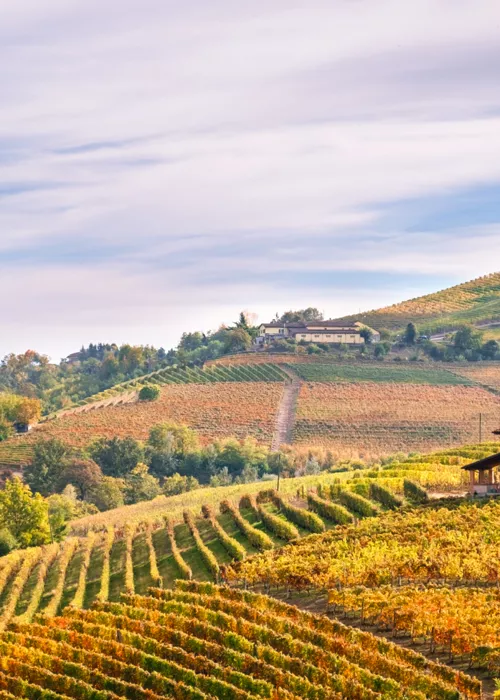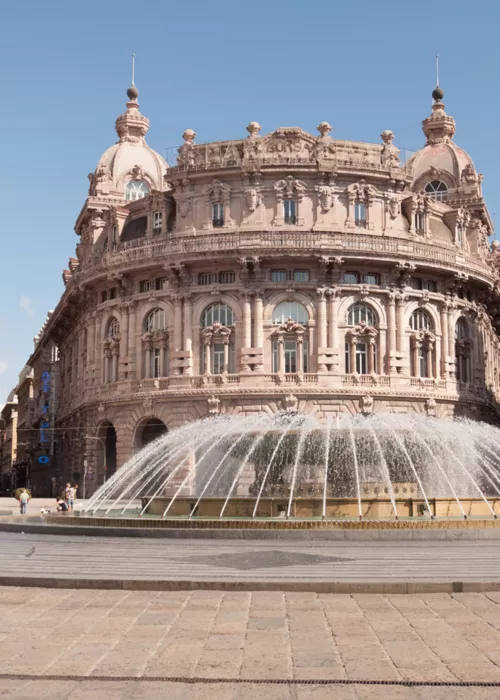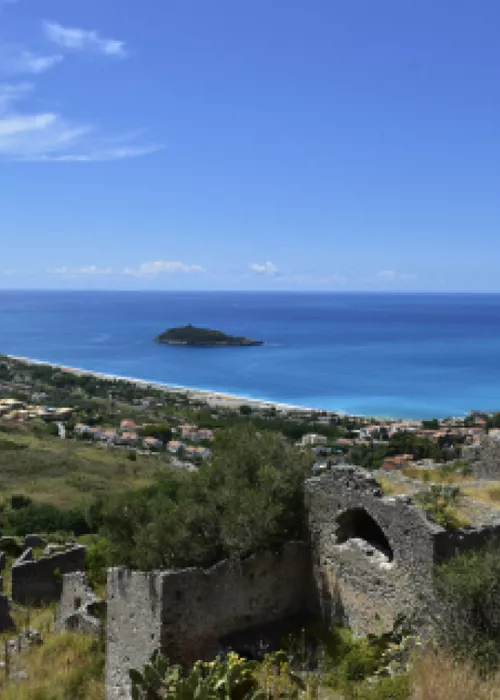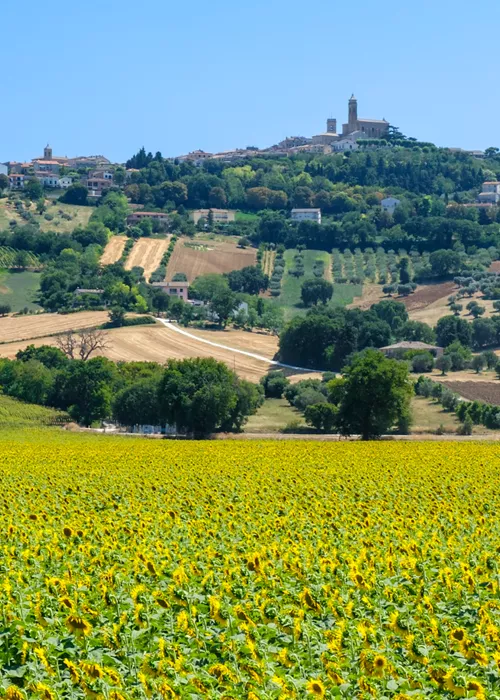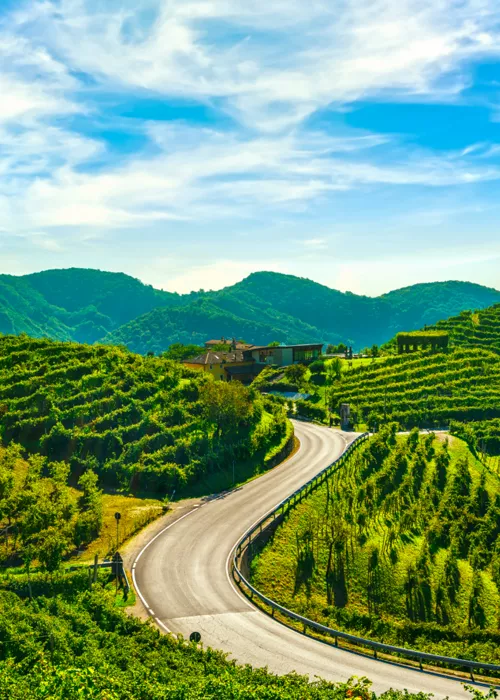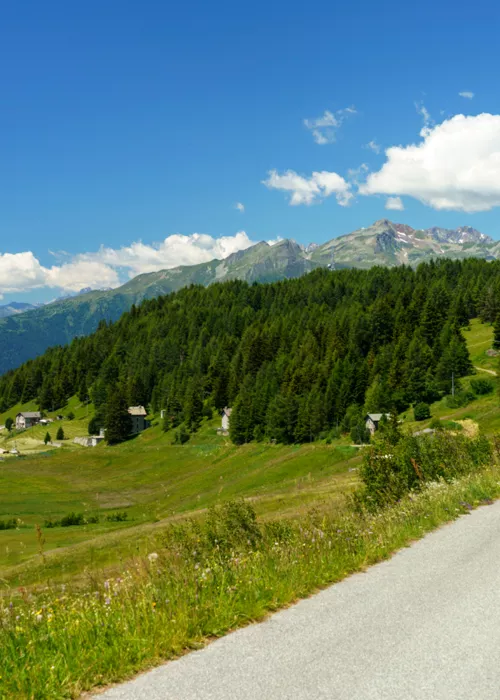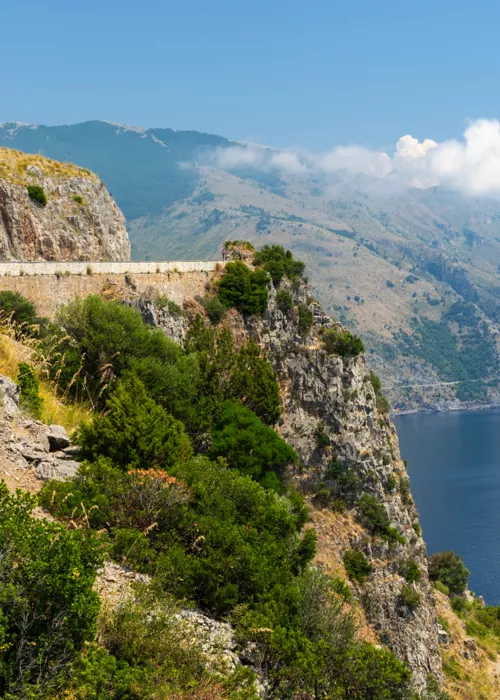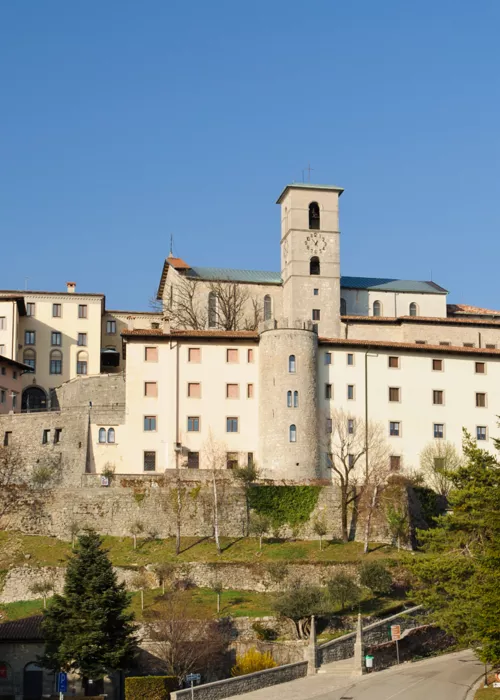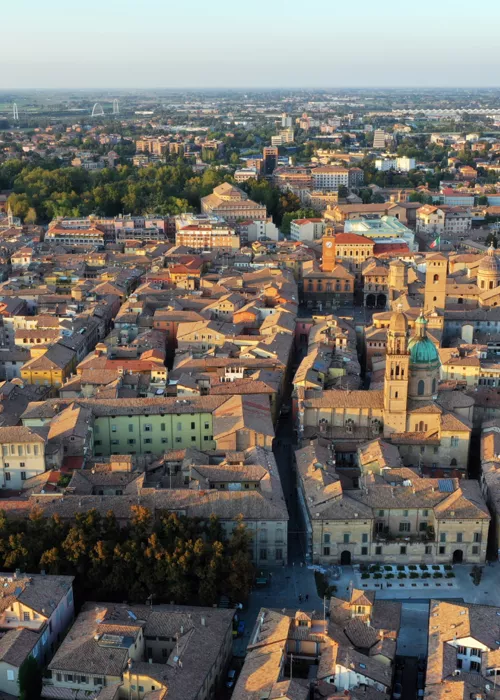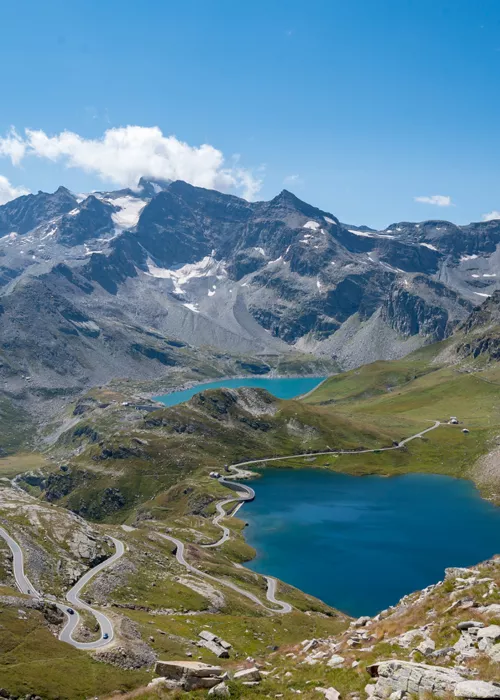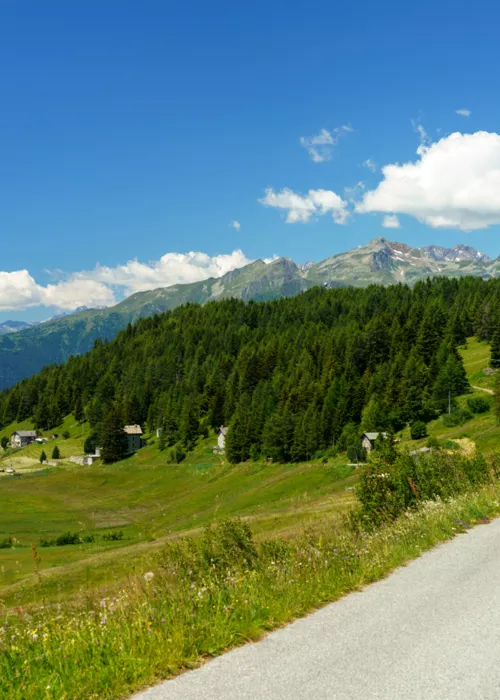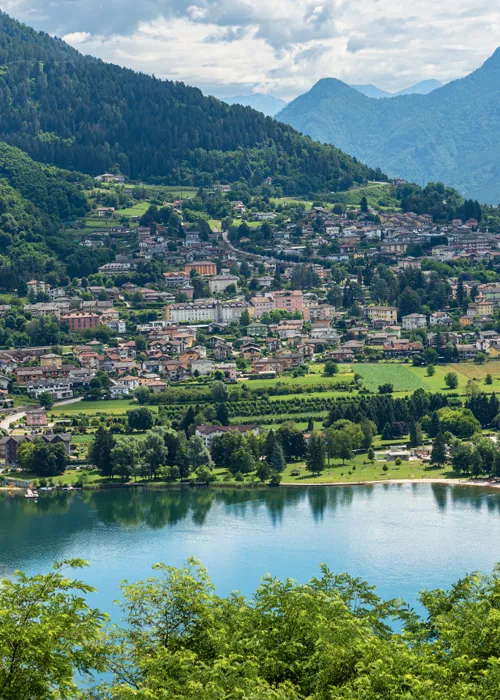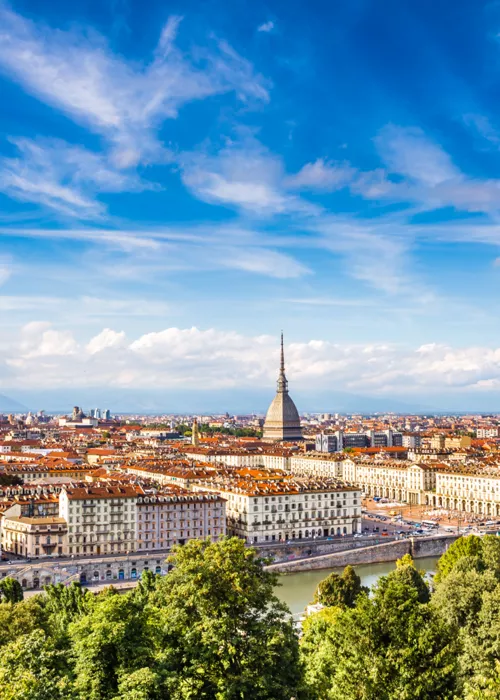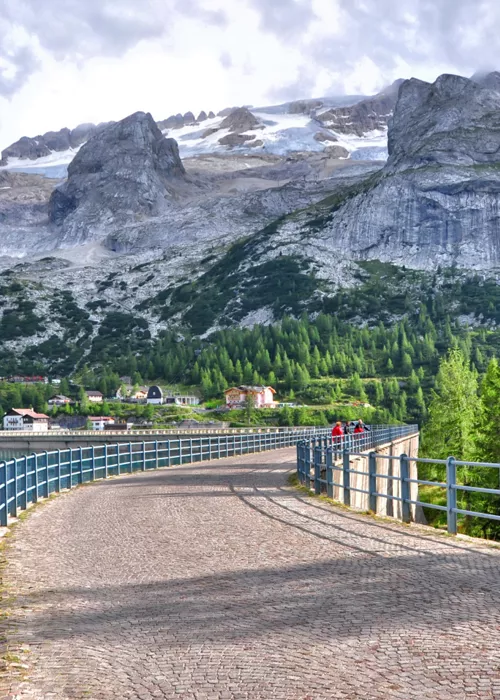Catania, queen of the Baroque

Don’t leave without first seeing Catania, which is part of the UNESCO site ‘The Late Baroque Cities of the Val di Noto.’ In the heart of the old town is the Cathedral of Sant’Agata. It was originally a Norman building, destroyed by an earthquake in 1693 and rebuilt with a chiaroscuro mix of lava stone (black) and Syracuse limestone (whitish). Inside, lie the remains of composer Vincenzo Bellini, who was born here. Outside, in the square in front of it, is the Elephant Fountain, ‘u’ liotru’ for the Catanese, who consider it a good luck charm. If you have some time left, take a trip to the Ursino Castle, the imposing manor built by Frederick II that now houses the Civic Museum. At this point you can hold your handlebars to attack the route that runs along the coast through wide roads with many bends, but always flat. Past Acireale, another Baroque triumph, you arrive at the gates of Taormina.
Between the Nebrodi and the Peloritani, the mountains overlooking the sea

Here the route steers inland and the rules of the game change for those on two wheels. You are facing the Portella Mandrazzi cimb, with an average gradient of 4 percent. But the charm of this slope lies in its being a watershed between the two most important mountain ranges in this region. On one side are the Nebrodi, a little bit of the Green Wild West and a little bit of Noah’s Ark, home to golden eagles, griffon vultures, black pigs, deer and roe deer, and Sanfratellani horses; on the other are the Peloritani, with their panoramic terraces overlooking the Strait. A few kilometres from the top of the very long descent, there is a little gem: Novara di Sicilia, a village with a medieval soul, where you can walk through alleyways surmounted by arches, churches and sandstone buildings decorated by stonemasons.
Ganzirri and Messina, scent of the sea

Once you reach the northern coasline, you ride along the flat coastal route, that prompts you to push on the pedals and keep up the pace. But about 15 kilometres remaining to the finish of this second stage inspired by the Giro d’Italia 2022, there is a small village that encourages you to get out of the saddle. Its name is Ganzirri and it is a picture-postcard seaside village. Taking a break here means stepping into the shoes of sailors: you can get on a felucca, take part in swordfish hunting, spend a day on a fishing boat, and cast nets. Finally, two notes on Messina, the city of the finish line but, above all, the Strait: a must-see is the Clock in Piazza Duomo, one of the largest astronomical timepieces in the world, and another imperative stop is at the Belvedere del Cristo Re, from where you can admire the view over Calabria.

